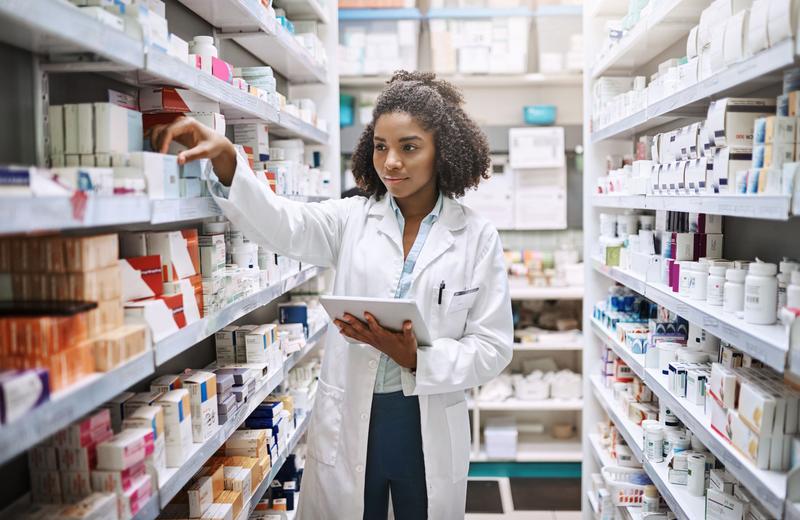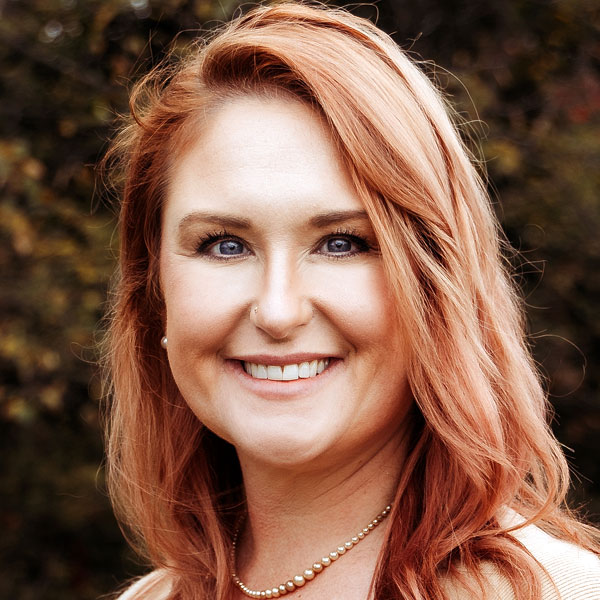As the world sees big advancements in fields such as biochemistry and medicine, it is no surprise that many U.S. students are looking for career opportunities in these industries. Pharmacies or drugstores are in nearly every community. Most hospitals also have a pharmacy on-site as well to provide prescribed medications and medical necessities to people that need them most.
This key branch of the public health and health care professional industry could not operate without the help of licensed pharmacists.
If you are curious about a career in the pharmaceutical science industry, you may have a few questions—specifically “How do I become a pharmacist? "and “How many years of college does it takes to earn and practice as a licensed pharmacist?” Let’s dive into the basics of a pharmacist career.
In addition to working in hospitals or community pharmacies, a pharmacist may also work in nursing homes, outpatient clinics, online pharmacies, pharmaceutical companies and even for government agencies, such as military bases.
What does a pharmacist do?
Pharmacists distribute prescribed medications to patients at the request of a physician’s prescription medication order. Pharmacists work with their customers to ensure they know how to safely take their prescribed medications. In addition, a pharmacist also serves as a public health care advocate by providing basic health education and other general health care services. Daily tasks for pharmacists could include: • Receiving and reviewing physician-prescribed medications. • Dispensing medications and providing the correct drug dosages for each patient. • Reviewing how to safely store medication, prescription instructions and potential side effects with the patient or customer. • Preventing harmful drug interactions by knowing what existing prescriptions a customer is taking and understanding how prescribed medicines could interact with one another. • Advocating against prescription pill addiction by sharing how to properly use medications. • Giving immunizations, like the flu shot and the COVID-19 vaccinations, and over-the-counter medication advice. • Working with insurance companies to process customer claims and processing paperwork to and from insurance providers. • Communicating with doctors, pharmacy technicians and patients daily.Steps to Become a Pharmacist
To become a pharmacist, you will have a specific educational plan to follow to land a career as a pharmacist.What are the educational requirements for a pharmacist?
There are five steps you will need to take to be a licensed pharmacist. These include the following:- Attend a four-year college or university and earn your Bachelor’s of Science degree. You will want to research colleges to find out which ones offer the best pharmacy programs.
Find out what undergraduate degrees or prerequisites are required to obtain the advanced degree you will later need. A North Central College blog claims that almost every pharmacy school requires the below courses are taken:
• Biology
• Chemistry
• Physics
• Math
• Statistics
• English or Communications
• Economics
According to U.S. News and World Report, some six-year, pharmd programs exist that start at the undergrad level and move to the final, required Doctor of Pharmacy degree. These programs are few and far between and are oftentimes harder to get into. Most pharmacy schools require an undergrad degree in order to be admitted. Consider obtaining your undergraduate degree in one of the following fields of study:
Biology
Chemistry
Biochemistry
Pharmaceutical Studies
- Take the Pharmacy College Admission Test (PCAT). Most pharmacy schools require students to have a certain PCAT score to be admitted into a pharmacy program. According to Pearson Assessments, students are tested to ensure they have the academic ability and scientific skill set necessary to successfully graduate from pharmacy school. The PCAT exam takes approximately four hours to complete and covers topics such as general biology, microbiology, chemistry, biochemistry processes, basic math, algebra and precalculus. An official Practice PCAT exam is available to help you prepare for this pharmacy test.
- Complete a four-year pharmacy school program. Apply to a pharmacy school and earn your Doctor of Pharmacy degree (Pharm.D) from a college or university accredited by the Accreditation Council for Pharmacy Education (ACPE) U.S. News reports the following colleges of pharmacy are some of the best schools in the nation. • University of North Carolina—Chapel Hill • University or California—San Francisco • University of Michigan—Ann Arbor • University of Minnesota • University of Florida Make attending a top-rated college more affordable by applying for biology scholarships and other scholarships that fit you!
- Enhance your pharmacist job prospects with an internship or residency before you graduate. Not only will a residency or internship experience make you a better job candidate, but some states also set a specific number of experiential learning hours you must have to obtain your pharmacist license.
- Pass the required national and state pharmacy licensure exams. After you have completed all required courses to graduate from pharmacy school, you will need to pass the North American Pharmacist Licensure Exam (NAPLEX), any state-required pharmacy exams and/or the Multistate Pharmacy Jurisprudence Exam(MPJE)

